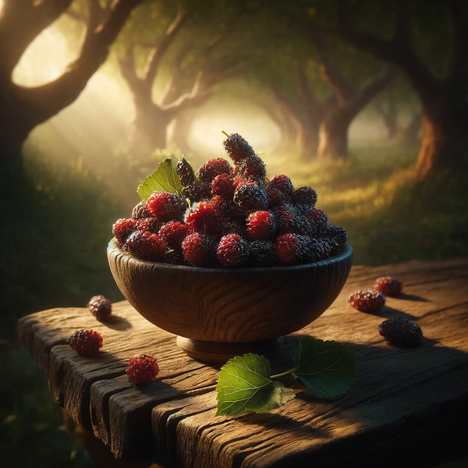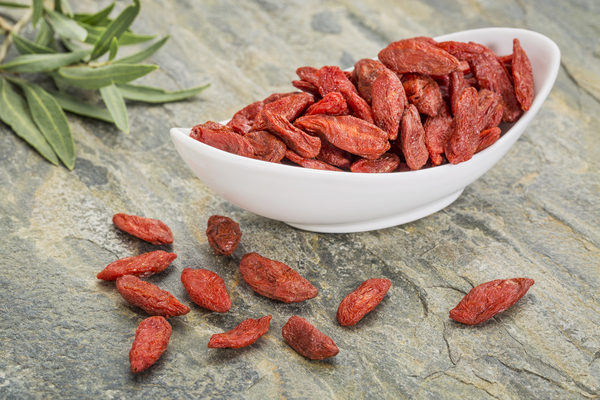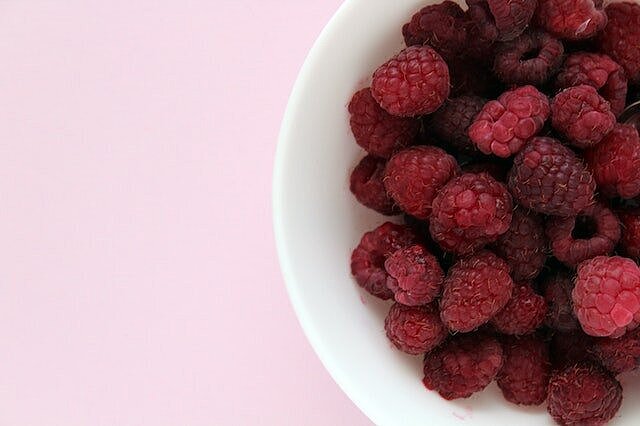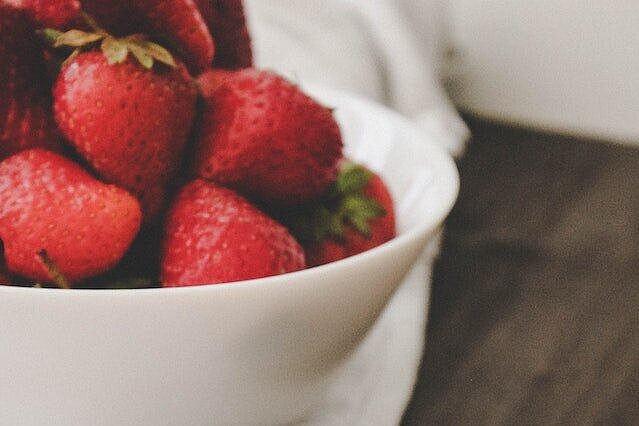Mulberries

Often overlooked alongside more popular berries, mulberries offer a wealth of nutrients and health benefits - not just for humans, but potentially for our four-legged friends too. These sweet, juicy fruits come from various species of mulberry tree (Morus) and are known for their antioxidant properties. But how do mulberries perform in a dog's diet? This article takes a deep dive into the world of mulberries, exploring their properties and evaluating both the benefits and potential drawbacks of this fruit for dogs.
What are mulberries?
Mulberries grow on the tree of the same name and come in a variety of colors - including white, red and black - with each color variety having slightly different flavors and nutritional profiles. These berries are rich in vitamins, such as vitamin C and vitamin K, minerals, such as iron, calcium and potassium, and antioxidants, particularly resveratrol and anthocyanins. Due to this nutritional composition, mulberries could also offer interesting health benefits for dogs.
Sweet benefits: The positive sides of mulberries for dogs
Natural source of nutrients
- Vitamins and minerals: Mulberries can support the immune system and contribute to the overall health of dogs thanks to their content of vitamin C, vitamin K and various minerals.
Antioxidant support
- Protection against free radicals: The antioxidants found in mulberries may help protect cells from free radical damage, which in turn could reduce the risk of chronic disease.
Low allergy potential
- Hypoallergenic snack: Compared to other fruits, mulberries have a relatively low allergy potential, making them a good snack option for dogs with sensitive stomachs or food allergies.
Thoughtful snacking: potential drawbacks and precautions
Despite their benefits, there are some considerations and potential drawbacks that dog owners should be aware of.
Sugar content
- Bewareof high sugar content: as with all fruits, mulberries contain natural sugars which, in large quantities, can lead to weight gain or dental problems.
Digestive problems
- Possible gastrointestinal irritation: Eating large amounts of mulberries can cause gastrointestinal distress in some dogs, including diarrhea or vomiting.
Moderation is key
- Limited amounts recommended: Mulberries should only be fed in small amounts to avoid potential negative effects and ensure a balanced diet.
A healthy snack with moderation and purpose
Mulberries can be a healthy, nutrient-rich addition to your dog's diet, as long as they are fed in moderation. Their antioxidant properties and nutrient content can provide various health benefits, from supporting the immune system to protecting cells. However, it's important to keep in mind the natural sugar content and potential for digestive issues. As with any supplement to your dog's diet, it is advisable to feed small amounts at first and monitor your dog's wellbeing.
If you notice any signs of hypersensitivity or poisoning in your dog, you should see your vet immediately. We are not a substitute for a vet, but we try to be as accurate as possible. Every dog reacts differently and we recommend you get a second opinion or consult your vet if in doubt.
Stay healthy and take good care of your four-legged friend!😊
Similar to Mulberries
The goji berry, also known as wolfberry or buckthorn fruit, is the fruit of a plant from the nightshade family. It grows mainly in China, Tibet and Mongolia, where it has been used as a medicinal...
Blackberries are berry fruits that belong to the rose family. They grow on thorny bushes, which can often be found on forest edges, hedges or fences. The fruits are black or dark purple when ripe...
Raspberries are berry fruits that belong to the rose family. They grow on bushes that can grow up to two meters high. The fruits consist of many small individual fruits, which together have a...
Strawberries are not real berries, but aggregate fruits. This means that the small yellow seeds on the red surface are the actual fruits, which are surrounded by a fleshy receptacle. Strawberries...



